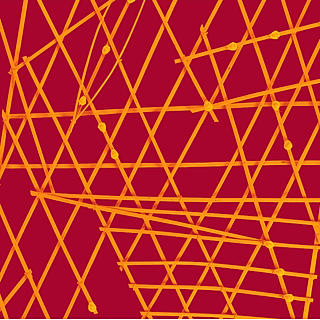Map of Tenochtitlan: The Aztec Island Capital
- Admin
- Aug 24, 2017
- 3 min read
On November 8, 1519, Spanish conquistador Hernán Cortés arrived in the Aztec capital of Mexico-Tenochtitlán–– a Mexica city state on an island in Lake Texcoco in the Valley of Mexico.
The Mexica, which gave the country its current name, were the indigenous people of the Valley, and were the ancient rulers of the Aztec Empire.
This incredible insular city was founded on June 20, 1325 and was the empire's capital until it was captured by the Spanish in 1521. The city's remains now lie in the historic centre of Mexico City, the lake has was drained shortly after conquest.
At its peak, the city was the largest city in all the Americas, with an estimated population of 200,000-300,000 people.
The incredible capital was built on an island in Lake Texcoco and was connected to the mainland by a number of manmade causeways, which lead to the north, south, and west.
In addition, the city was connected by a handful of small bridges, which allowed canoes to pass freely around the city. In times of emergency, these bridges could be drawn back to isolate the island. But Lake Texcoco was only one of five smaller interconnected lakes.
The city also had sophisticated aqueducts and levees to control the water and to ensure a supply of fresh water, because Texcoco itself contained only brackish water.
City Plan
Tenochtitlán was divided into four zones; and each zone was further divided into 20 districts ("big houses") (Nahuatl: calpōlli).
There were three main streets, each of which led to one of the three main causeways. Because of this, the city had an impressive symmetry.
According to another Spanish conquistador, Bernal Díaz del Castillo, these causeways were wide enough for ten horses. Surrounding these causeways were small floating gardens, with shrubs, plants, and herbs.
Each calpōlli had its own marketplace, but the city also had a main marketplace in Tlateloco (the city's sister city).
Bernardo de Sahagún–– a Spanish Franciscan priest–– estimated the marketplace to have a participation of some 20,000 people on a typical day, and twice that number on a feast day.
The city centre contained the most important civic buildings, temples, and palaces. There was also a dedicated ceremonial centre housed inside a walled square.
In total, there were around 45 different buildings–– the most important of which were the Templo Mayor, the Tlachti (ball-game court) with the Tzompantil (rack of human skulls), and the Sun Temple.
The Templo Mayor was dedicated to the God of War- Huitzilopochtli- and Tlaloc- the God of Rain and Agriculture.
Palaces of Moctezuma II
The palaces of Moctezuma II had two zoos: one dedicated to birds of prey, another to other birds, reptiles, and mammals.
An incredible three hundred people were dedicated to care for both of them.
Even more incredibly, the Palaces also had a botanical garden and an aquarium (with 10 pounds of salt water and another 10 pounds of fresh water).
The Map
Hand-coloured woodcut. Newberry Library, Chicago.
The Map of Tenochtitlán (1524) is a beautiful woodcut map credited to Spanish conquistador, Hernán Cortés, and depicts how the Aztec capital, Tenochtitlán, looked upon his arrival.
It was accompanied by a letter written by Cortés (for the monarch Charles V) who conquered the city in the name of the Spanish Empire three years previous.
The map itself is fascinating because it shows how a European illustrator struggled to capture the exoticness of Aztec urban development.
This being the case, they depicted Tenochtitlán with recognisably European-style buildings.
Because of the Spaniards fascination by Aztec rituals; especially human sacrifice, the map's illustrator devotes considerable space to the Templo Mayor.
On the left side of the map is the Gulf of Mexico from Florida and Cuba to the Yucatán
peninsula.
Cortés's Letter
"The great city of Temixitan is built on the salt lake, and from the mainland to the city is a distance of two leagues, from any side from which you enter. It has four approaches by means of artificial causeways, two cavalry lances in width. The city is as large as Seville or Cordoba. Its streets (I speak of the principal ones) are very broad and straight, some of these, and all the others, are one half land, and the other half water on which they go about in canoes. All the streets have openings at regular intervals, and at all these openings, some of which are very broad, there are bridges, very large, strong and well constructed, so that, over many, ten horsemen can ride abreast."
(Click the link below to read the rest, pg.256)
What do you think of this beautiful map? Would you have liked to have visited the Island City?
___________________________________________________________________________________
Sources:
Maps: Exploring the World (Phaidon) (pg. 77)
Cortés letter; Archive.org – https://archive.org/stream/lettersofcorts01cortuoft#page/256/mode/2up
Join our mailing list below



























Comments